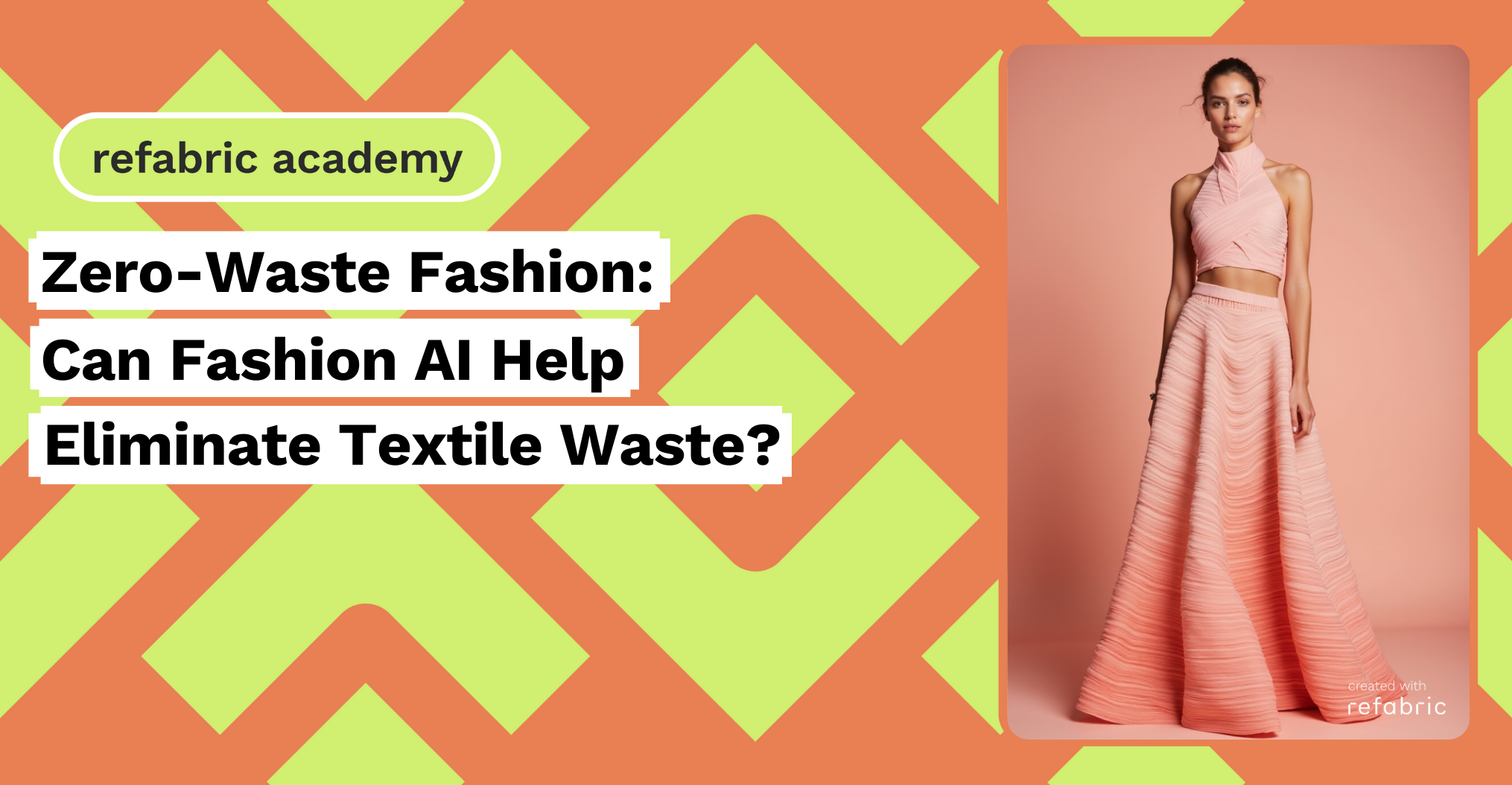Fashion AI is becoming a vital tool in addressing one of the industry’s most pressing issues: textile waste. Each year, millions of tons of fabric are discarded during production and post-consumer use, making fashion one of the most polluting industries on the planet. Fashion AI is now stepping in with the power to optimize processes, reduce overproduction, and rethink how clothes are designed, made, and recycled, all with sustainability in mind.
Pattern Optimization and Smarter Cutting Techniques
One of the primary sources of textile waste happens during the cutting process in garment manufacturing. Traditional methods often result in offcuts and scraps that cannot be reused efficiently. Fashion AI offers a solution through advanced pattern optimization tools that calculate the most efficient layout of fabric pieces.
By using AI-driven layout algorithms, designers and manufacturers can significantly reduce waste at the cutting stage. These tools adjust patterns to maximize fabric use without compromising the design. Even in complex garments, AI can identify the best way to arrange pieces for minimal leftover material.
Demand Forecasting and Smarter Inventory Management
Overproduction is a major contributor to textile waste, with unsold inventory often ending up in landfills or incinerators. Fashion AI helps mitigate this issue by analyzing consumer trends, sales history, and market behavior to accurately predict demand. This allows brands to produce only what is likely to sell, avoiding excess inventory and waste.
AI-powered demand forecasting tools can also assist with restocking decisions, helping brands adopt a more flexible, responsive production cycle. When combined with small-batch or made-to-order models, fashion AI supports a more sustainable and waste-conscious supply chain.
Virtual Sampling and Digital Prototyping
Another way fashion AI helps eliminate waste is by reducing the need for physical samples during the design process. Traditionally, multiple prototypes are created to test fit, fabric, and style, many of which never make it to final production.
With AI-assisted digital prototyping, designers can visualize and adjust garments in a virtual environment. This minimizes fabric usage and shortens development cycles. It also lowers the carbon footprint by reducing the number of physical shipments between designers, manufacturers, and clients.
Supporting Circular Fashion Through Fashion AI
Fashion AI is also playing a growing role in advancing circular fashion models. AI can help brands identify materials in existing garments for recycling or upcycling, streamlining the sorting and disassembly processes.
Some systems can scan and categorize discarded clothing by fiber type, color, and condition, making it easier to repurpose materials into new products. Fashion AI can also suggest how to redesign items from existing stock, promoting reuse and reducing the need for virgin materials.
Consumer Education and Smarter Shopping Tools
Beyond manufacturing, fashion AI is empowering consumers to make more sustainable choices. AI-driven recommendation engines can suggest timeless, versatile pieces that align with a user’s style preferences and minimize unnecessary purchases.
Virtual fitting rooms, powered by AI, also reduce return rates, a major source of textile waste in e-commerce. When shoppers receive products that fit well and meet expectations, fewer items are returned and discarded. These tools not only benefit consumers but also help brands align with their sustainability goals.
The Road Ahead: Designing for Zero-Waste from the Start
The future of zero-waste fashion lies in integrating fashion AI from the very beginning of the design process. By thinking ahead about the life cycle of a garment, from sourcing to end-of-life, designers can make smarter decisions about materials, construction, and distribution.
Fashion AI supports this holistic approach by providing the data and tools needed to align creativity with sustainability. Whether it’s suggesting waste-free design techniques, identifying recyclable materials, or optimizing production logistics, AI empowers brands to reduce their environmental footprint while still delivering beautiful, functional fashion.
As more companies embrace these technologies, the dream of a zero-waste fashion industry moves closer to reality. Fashion AI is not just helping reduce textile waste, it is helping to redefine how we think about fashion, consumption, and our planet.
